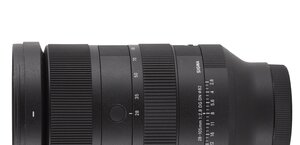Sigma S 500 mm f/4 DG OS HSM
5. Chromatic and spherical aberration
Chromatic aberration
The Sigma S 4/500 corrects the longitudinal chromatic aberration flawlessly. Even at the maximum relative aperture and in faraway blurry areas it would be difficult to notice any distinct colouring of the image. No slightest reservations here. |
We also don’t have any reservations concerning the lateral chromatic aberration and a graph, shown below, explains why.
Please Support UsIf you enjoy our reviews and articles, and you want us to continue our work please, support our website by donating through PayPal. The funds are going to be used for paying our editorial team, renting servers, and equipping our testing studio; only that way we will be able to continue providing you interesting content for free. |
- - - - - - - - - - - - - - - - - - - - - - - - - - - - - - - - - - - - - - - - - - - - - - - -

At the maximum relative aperture the level of that aberration doesn’t exceed a negligible value of 0.02%; the highest results reached near 0.03%. It is a level difficult to notice even if you look closely at enlarged 1:1 crops.
| Canon 5D III, RAW, f/4.0 | Canon 5D III, RAW, f/5.6 |

|

|
Spherical aberration
First photos of this chapter don’t feature any ‘focus shift’ effect. The crops below also prove that circles we got in front of and behind the focus look practically the same. It makes us think the tested lens doesn’t have almost any problems with spherical aberration.
| Canon 5D III, f/4.0, in front of | Canon 5D III, f/4.0, behind |

|

|






